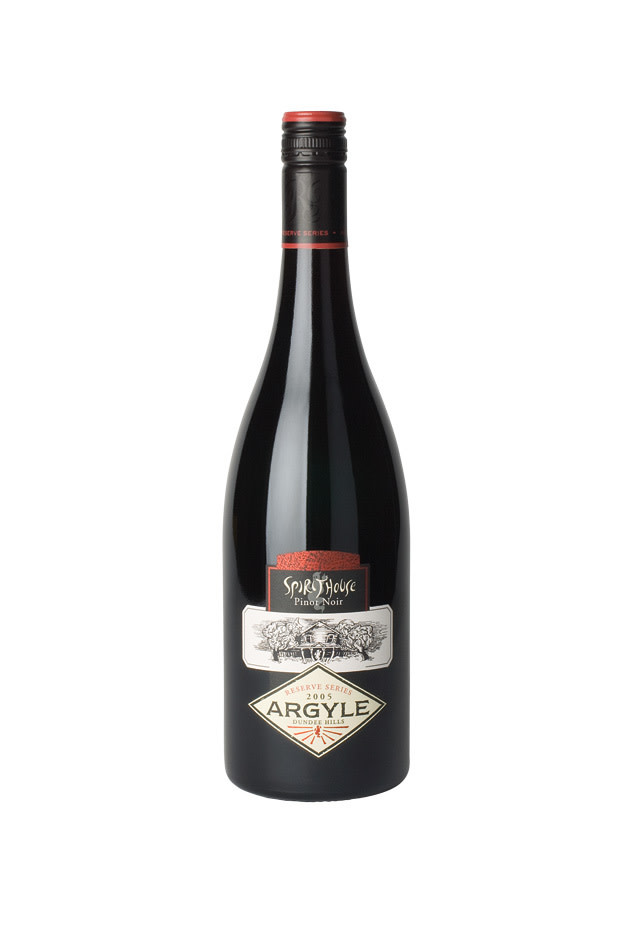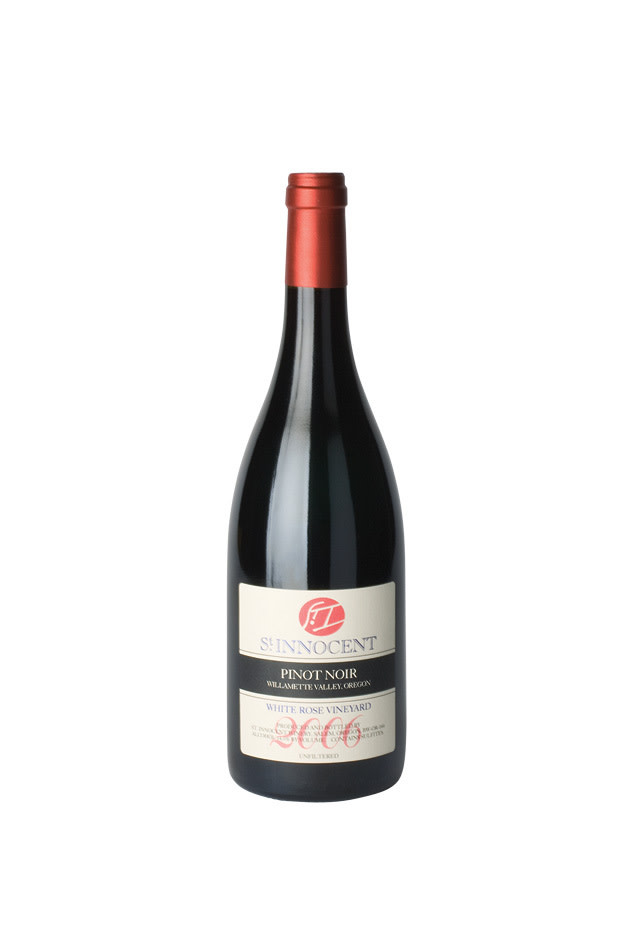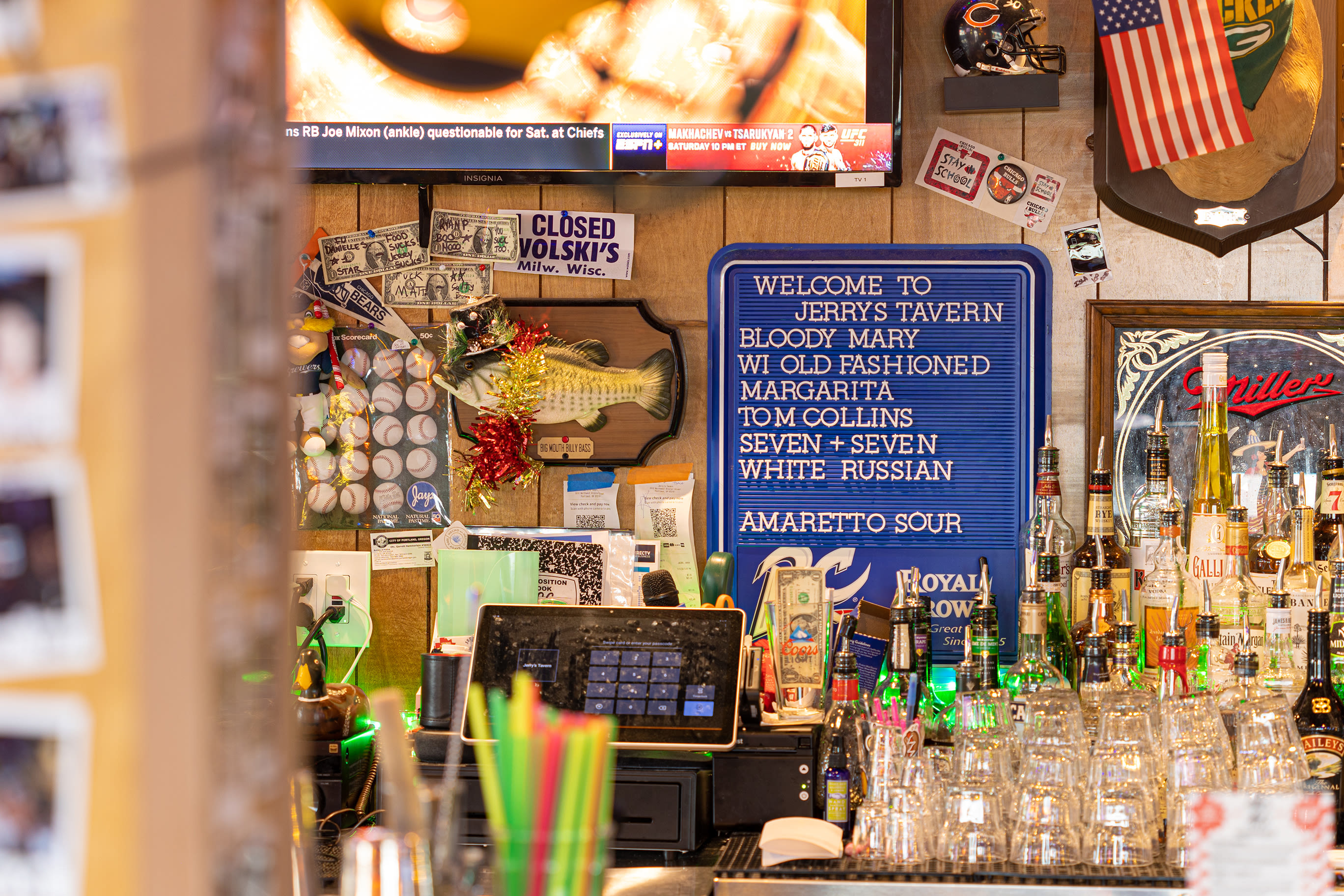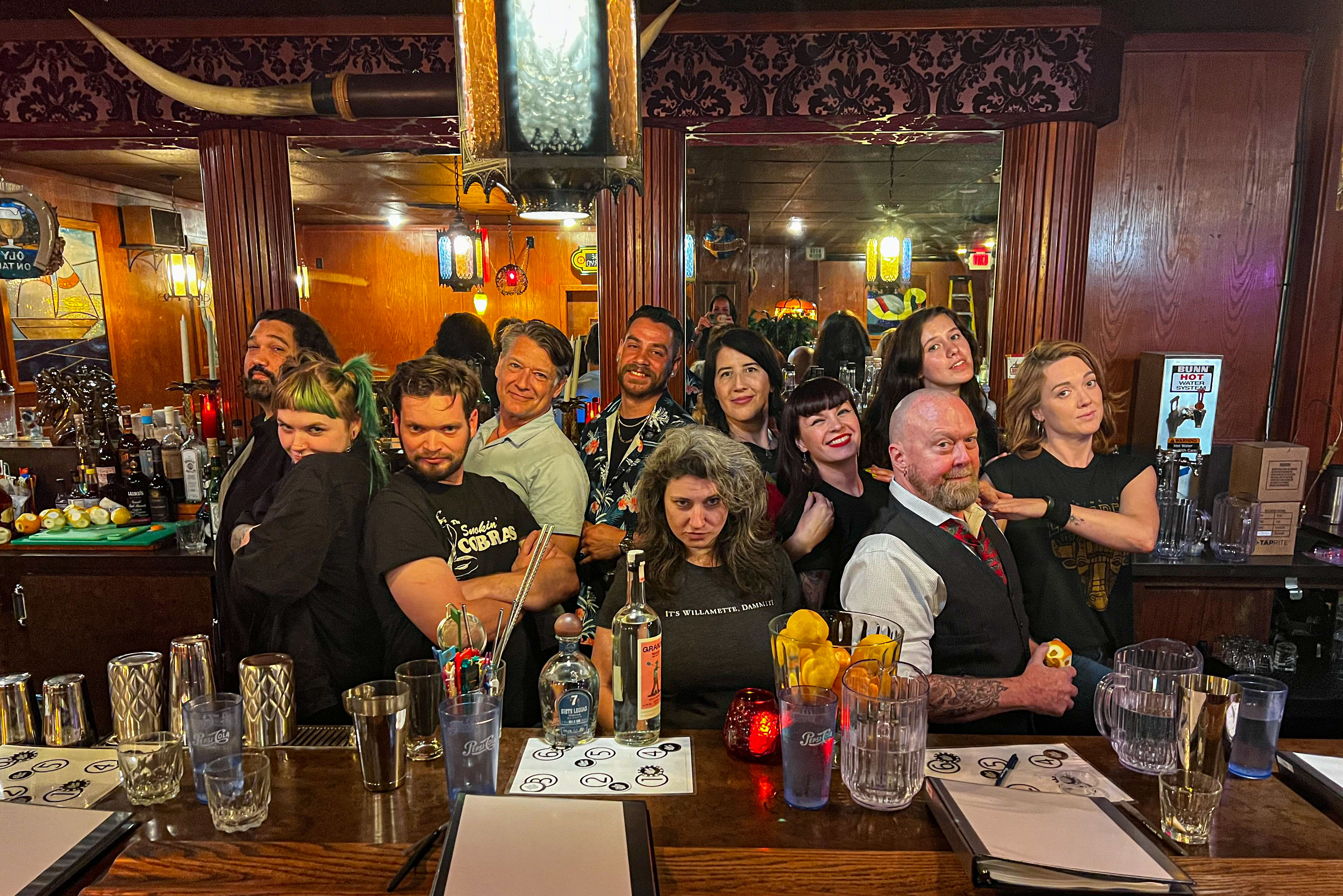Pinots of the Year

DAVID LETT, the founder of Eyrie Vineyards—and the pioneer of pinot noir production in Oregon—once told me that “fine wine can only be made in marginal climates.” By this he meant places where grapes must, at times, stay on the vine late into the fall, when the threat of meteorological misfortune is at its greatest. In other words, a good pinot should taste like the fruit worked hard to get into the bottle.
Thankfully, the Willamette Valley is just such a locale, which means that we produce some of the best pinot noir in the world. But it also means that the quality of our grapes can vary drastically from vintage to vintage. In 1995, for example, the vines had to work a little too hard: Heavy fall rains left us with a notoriously watery, literally rotten vintage.
However, 2006 blessed the Willamette Valley with a good range of fall weather: a long Indian summer with moderate temperatures and light rainfall. In fact, the 2006 pinots (the latest vintage to be released this year) are a remarkable combination of the voluptuousness of the 2002 pinots and the firm, mineral-like acidity of the 2000 pinots. After spending a year and a half in oak barrels, high-end Willamette Valley pinots are typically released between May and October of the second year following the vintage harvest; the most impressive have only recently become available.
As such, we give you our first-ever roundup of the best pinots from this year’s release. Cellar them now, or drink them tonight. In either case, you’ll have invested in the best darn “marginalized” wines around.

St. Innocent ‘White Rose Vineyard’ Dundee Hills Willamette Valley Pinot Noir ($48)
Mark Vlossak has created a superb wine using tightly grained French forest oak barrels that match perfectly with the typical red cherry and carnation scents of fruit grown in the Dundee Hills, in the heart of Willamette Valley wine country. Complex, floral-scented, and long on the palate, the bottling has a dense minerality that demands the company of rich foods like lamb chops or burgers topped with blue cheese.

Argyle ‘Spirithouse’ Willamette Valley Pinot Noir ($70)
With pinot noir, the most elegant and expressive flavors are often found in bottlings that are barely red, and Argyle’s Spirithouse is just such a wine. Over the next four to five years, this wine will become heftier as its subtle nature matures.




